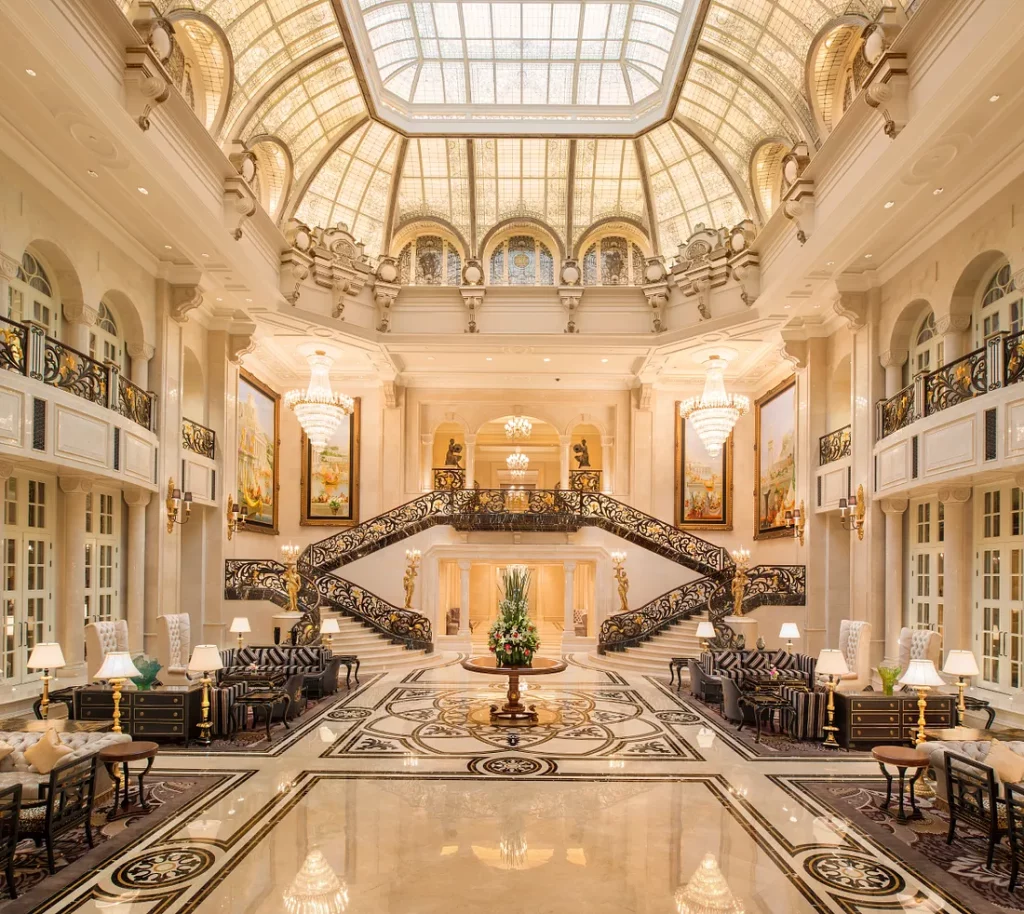
Luxury brands are often very good at gaining consumer favor by shaping their brand story. A brand story is more than just a history or a quote about the founder; it needs to show the cohesion and identity symbols that characterize the brand. ŌĆØBeauty in things exists merely in the mind which contemplates them”, states David Hume, so luxury brands need to find out the most not common elements to show their specific beauty to the consumers. They use their craft, myth, and design with the rendering of the brand’s story to build an edifice that belongs to the brand, as a way to attract all passing consumers to stop and look.
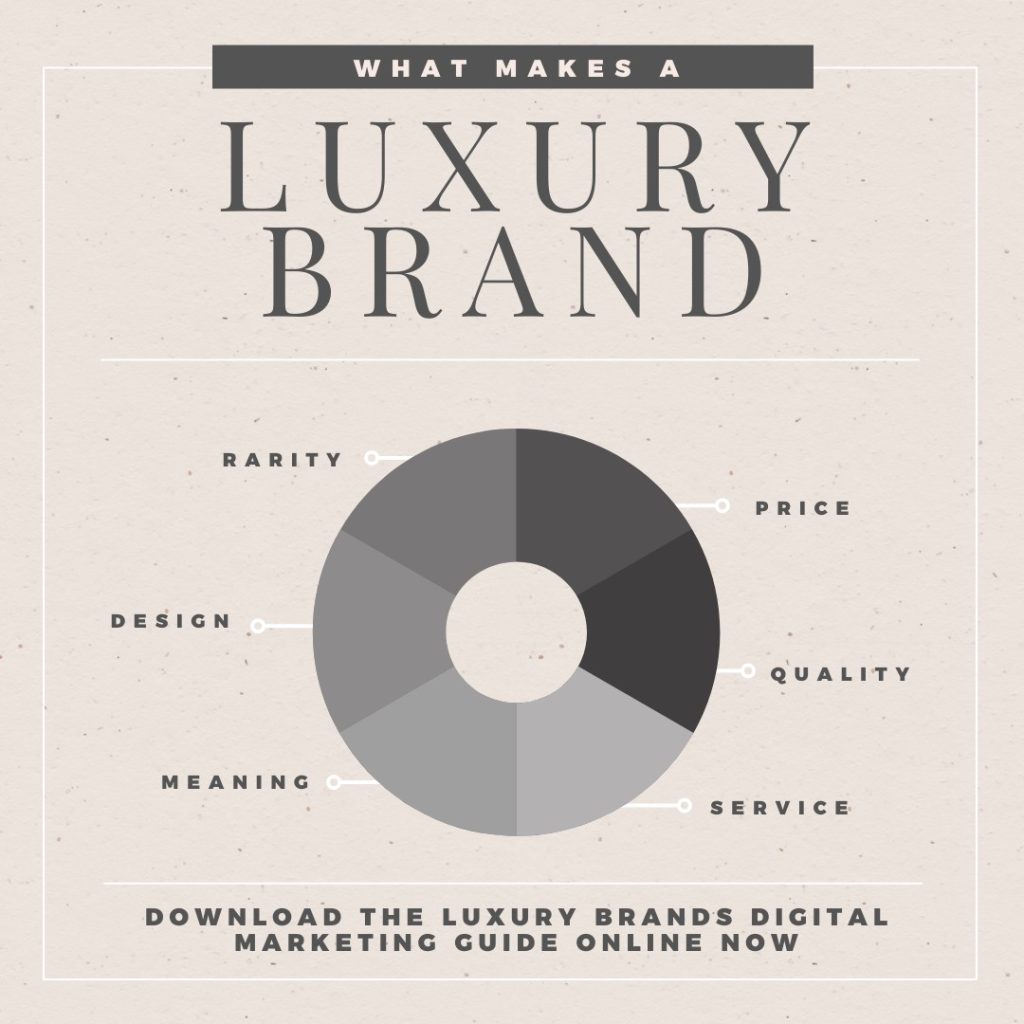
(Facebook)
So how did the luxury brands encoding their information to the consumers? Base on the brand story and lots of elements, the key to Distinguishing between luxury brand and normal brand is that luxury brands focus on building a strong individual identity: A brand DNA. A brand DNA must be strong enough to survive even the death of the creator. It is based on values. In bodies 4 key statements: defining a brand DNA means knowing who consumers are and sticking to it; defining a Brand DNA means weaving that identity through every product and experience. For the decoding, consumers used to let brands do the driving. They would get into the back-seat, and let the brands lead the way.
The Dior Spring/Summer 2023 collection by Maria Grazia Chiuri revisits its breathtaking beauty and pays homage to the Renaissance style of the court of Catherine de Medici. The phrase “Poetic virtuosity of the House” is used in the official profile to describe the artistic and creative skills of a fashion brand, such as the one mentioned here, Dior, which demonstrates the brand’s ability to combine different elements, such as history, culture and innovation, in a unique and beautiful way. It highlights the brand’s expertise and creativity in creating designs that are not only stylish but also poetic and artistic.
In fact, many of the advertisements for luxury brands are actually aimed at consumers who are temporarily unable to access these luxury goods. Luxury goods are often seen as symbols of status and wealth, and their value lies in being envied and sought after. Therefore, luxury brands need to let as many people as possible understand and recognize their value, so as to further enhance their brand value.
In terms of branding, on the one hand, it is important to enhance the attractiveness and premium sense of the brand, including the products, to differentiate it from mass consumption brands. On the other hand, it is important to make the public familiar with the brand, so that consumers, potential target and non-target groups, whether they buy or not, should be familiar with his value.
In a nutshell, luxury brands deliver their brand story and elements including design, quality, tone, and co-branding to consumers through encoding. Consumers receive this information through advertisements or visit physical stores in reality, and then do the decoding to evaluate the brand with their own subjective judgments to decide whether or not they will pay for the brand. For example, I am very interested in Coco Chanel, I have read her biography and watched a documentary about her, and I have a little understanding of her design philosophy and classic designs, so I will be more than happy to go to Chanel to spend money and pay for their products. Moreover, Chanel itself is positioned as a “high luxury brand”, which distinguishes its customer base through its extremely high price per item as well as its very high tonality. As a result, many of Chanel’s products, even if I can’t consume them at this stage, constitute the motivation for me to work hard for them, and to a certain extent, influence my future career choices. At the same time, I am also influenced by the brand’s qualities, and I tend to think of myself as having the elegance of a Chanel woman. My own example is a kind of encoding that accepts the “luxury” image constructed by the luxury brand for myself, with a personal initiative through my own decoding.

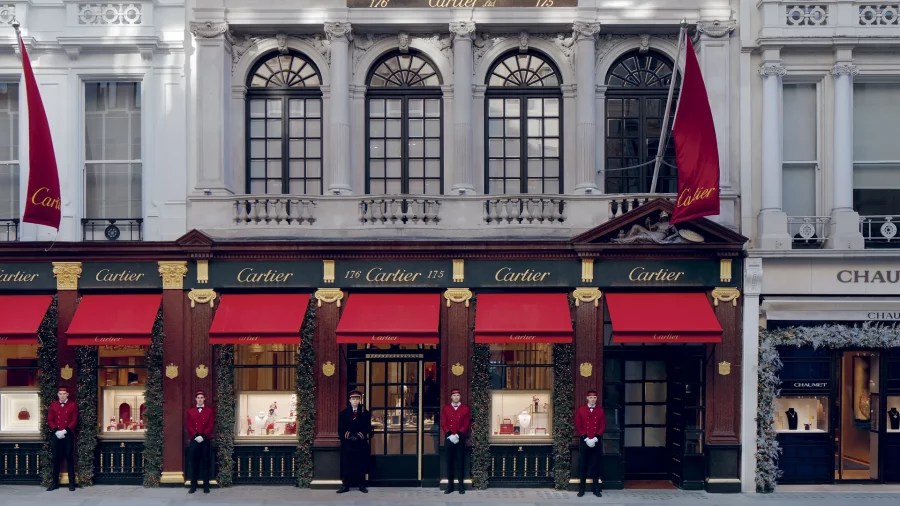
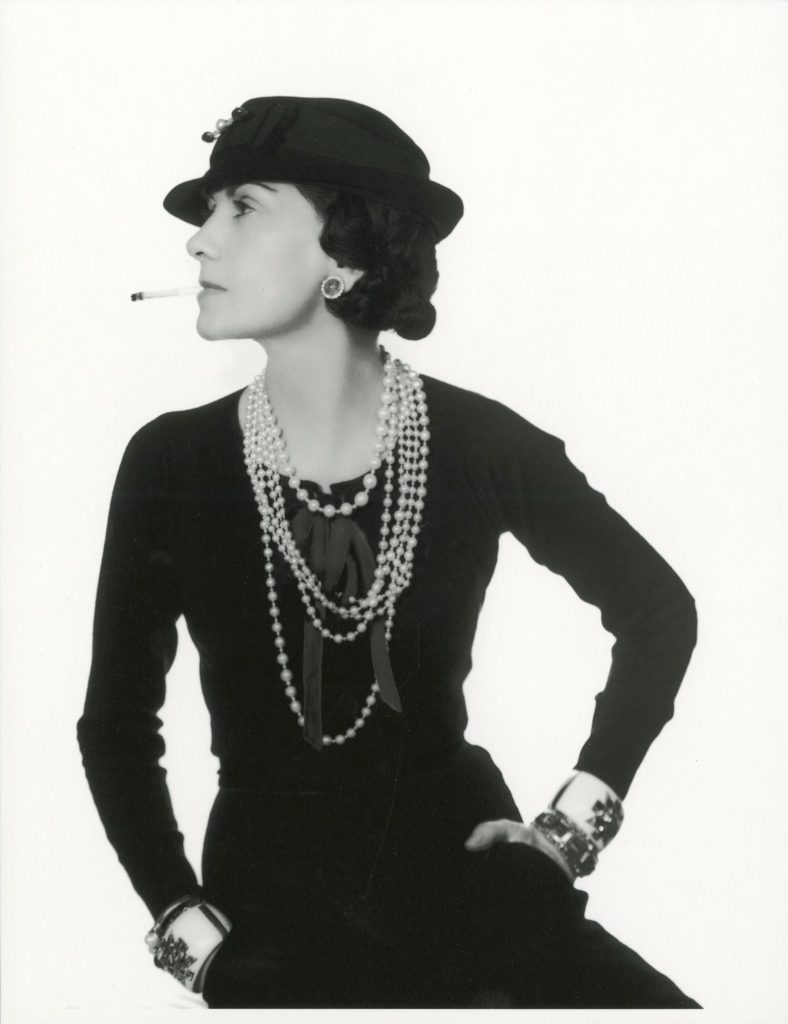
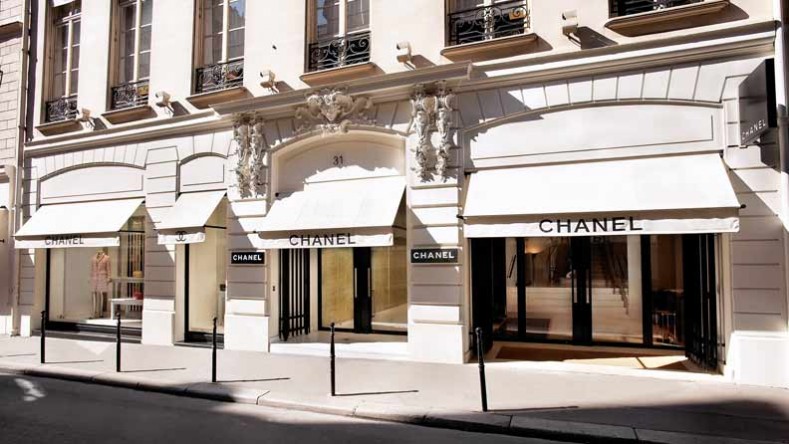
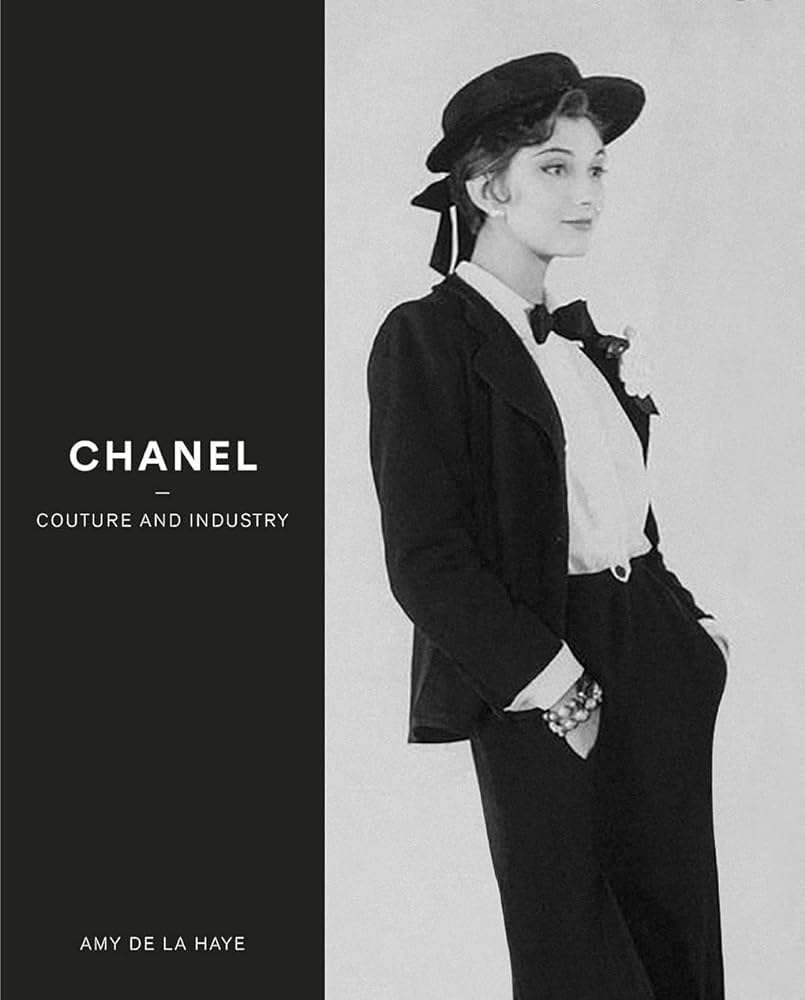
I love how you connect luxury brands and the theory of encoding and decoding. And how they encode the information for the consumers. Your blog goes beyond brand identity, culture, and storytelling. Your delve into encoding and decoding effectively conveys the relationship between luxury brands and consumers, which is a really good example to demonstrate this theory. Your own example with Chanel is not just as a consumer influenced by the brand’s quality, but it also exemplifies how sufficient the brand is to encode the consumer’s needs and is a great example to demonstrate how the luxury brand uses decoding and encoding to connect with their consumers. Maybe further explanations of encoding and decoding will be better.
You remind me of a very interesting question I once read “why would luxury goods advertise to people who can’t afford it”. The problem with the answer is that consumer purchasing power can change over time. The second answer is that even if they are never likely to become customers of the brand, they can still spread the word about it. Everyone who sees the advert and discusses it is spreading it twice. This part of the user is like a gust of wind that spreads the value of the brand farther like a dandelion seed. More people will realize the preciousness of this luxury product.
Amazing! I like the way you use this idea to relate to the theory of encoding and decoding, this complex interplay of encoding and decoding between brands and consumers is at the heart of the allure and sustainability of luxury brands. I know of a brand that advertises itself as a French designer brand, but in fact its designers and headquarters are in China, but there are still consumers willing to pay for it, and the reason for that is that the mastermind weaves a story of luxury for his brand, and consumers like the story, so no one cares about the truth behind it.
I like the example you used to relate to Stuart Hall’s Encoding and decoding theory, itŌĆÖs very relatable. I like the fact how you dive deeper and mention that luxury brands are mostly advertised to those who canŌĆÖt afford it. Well done